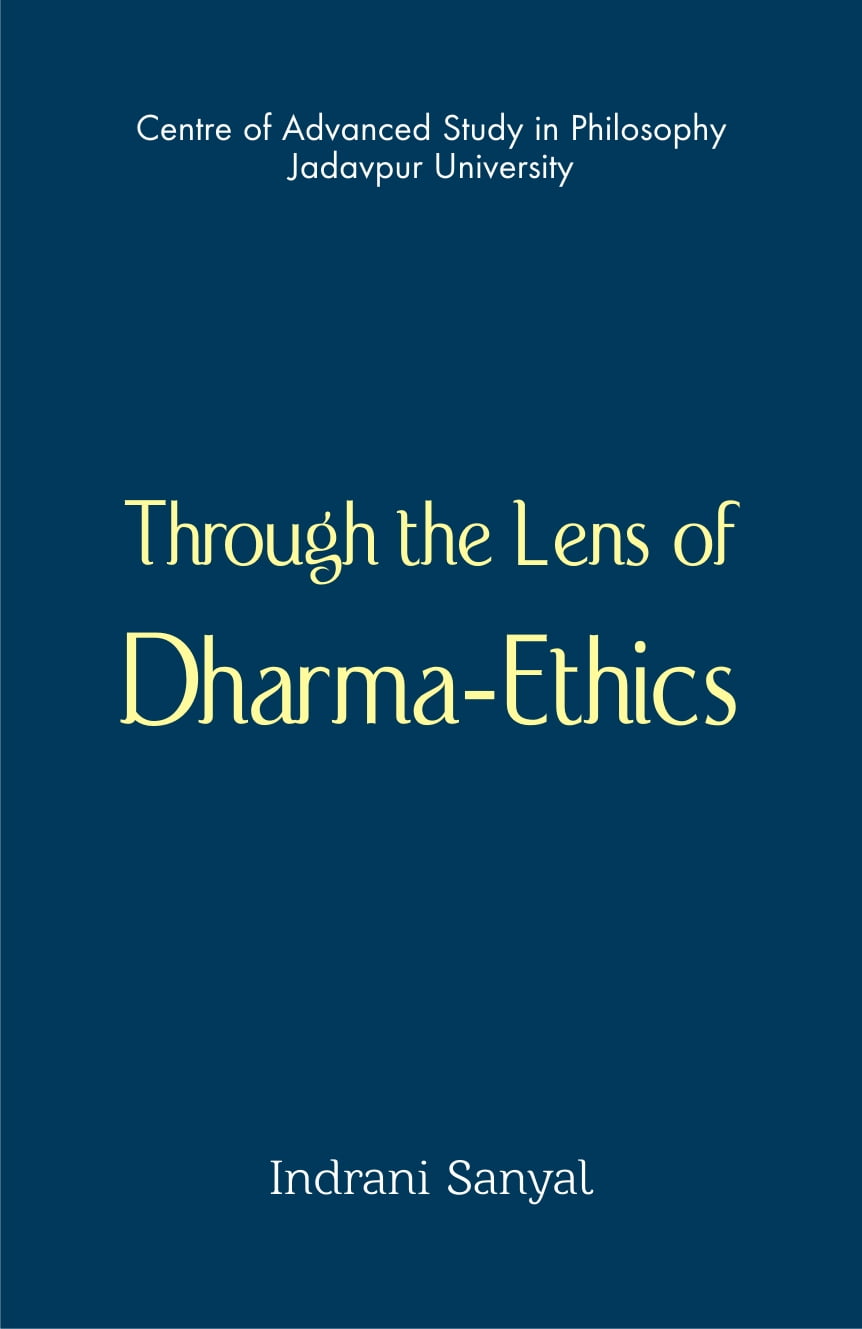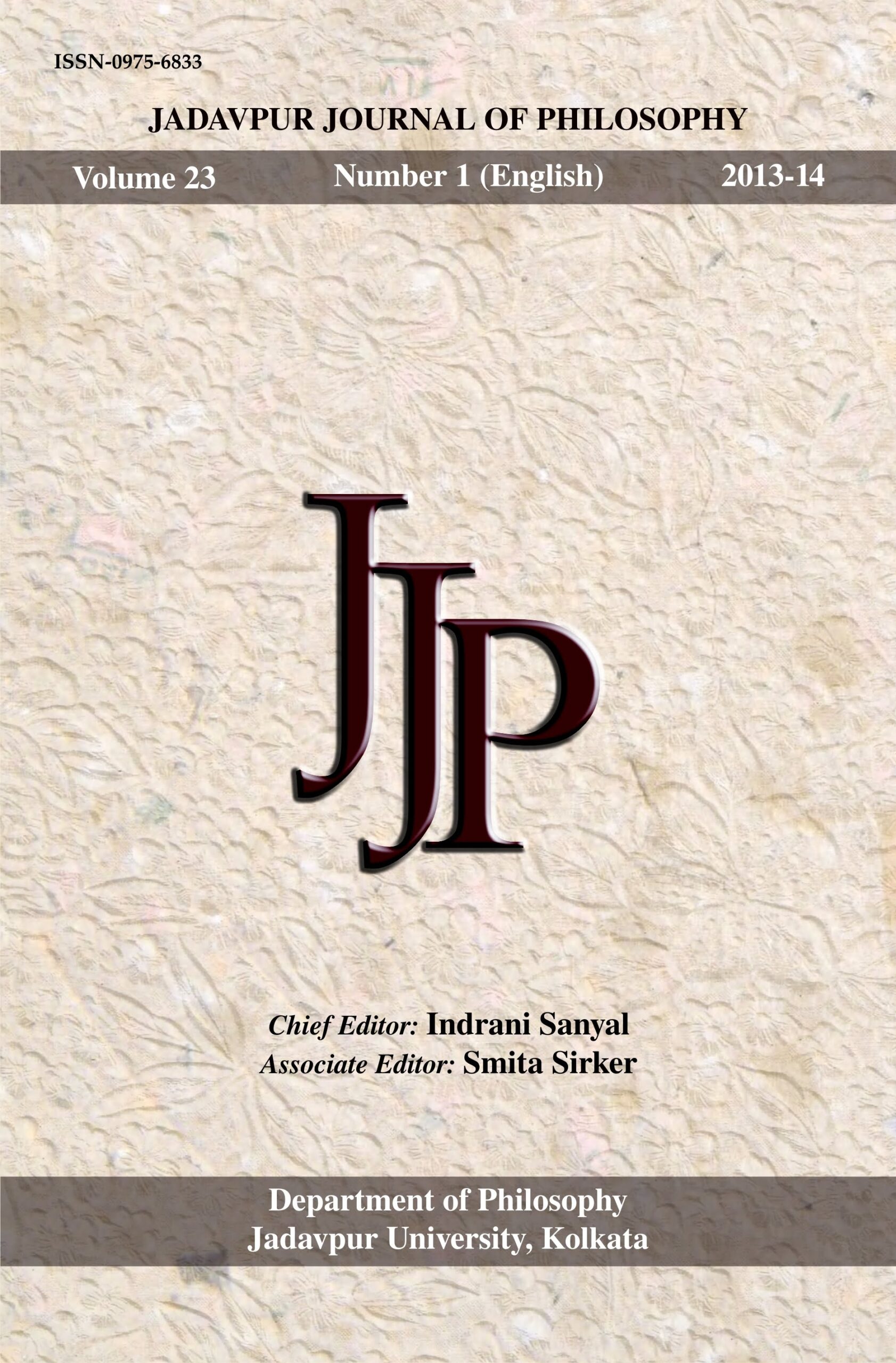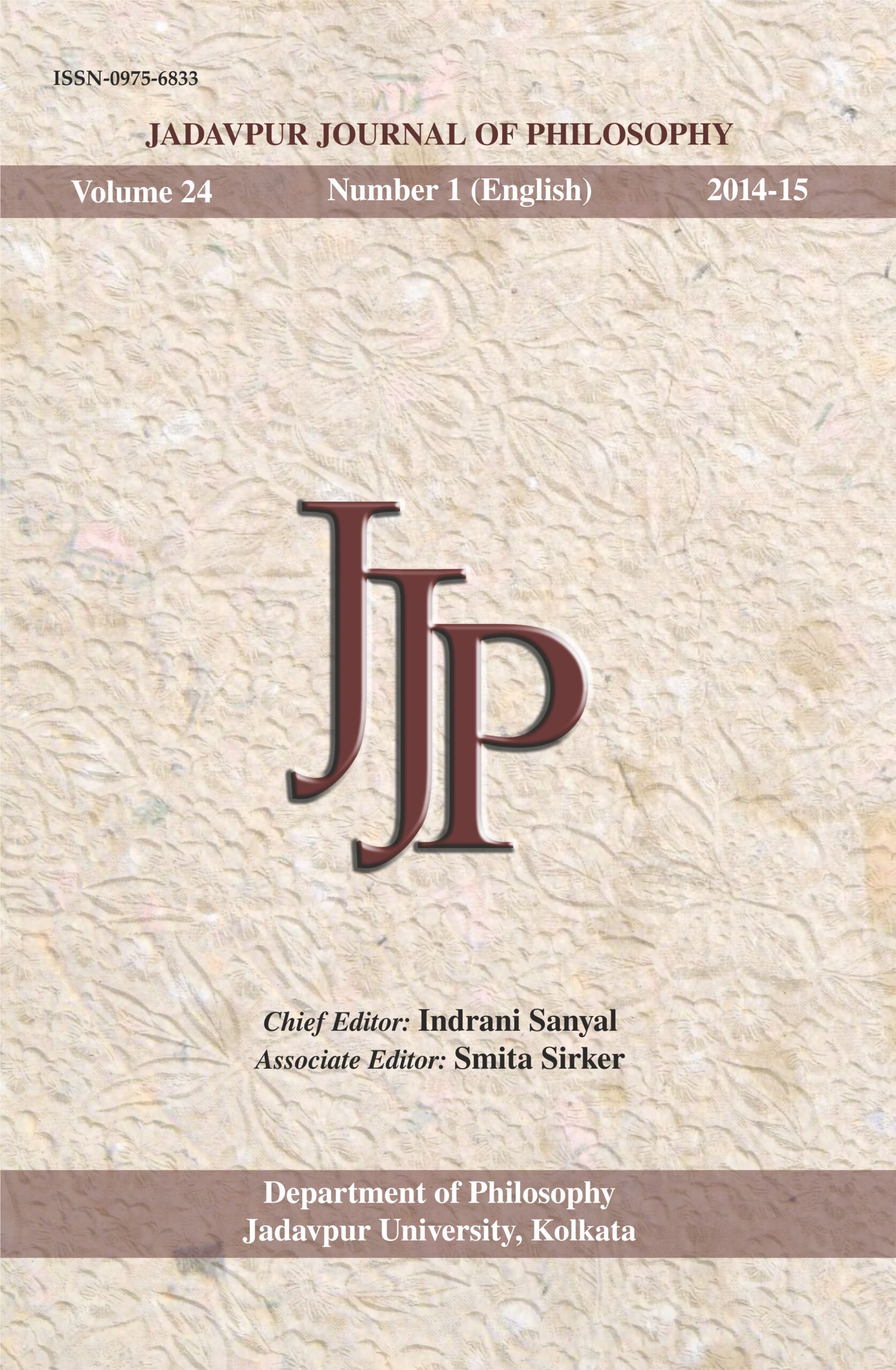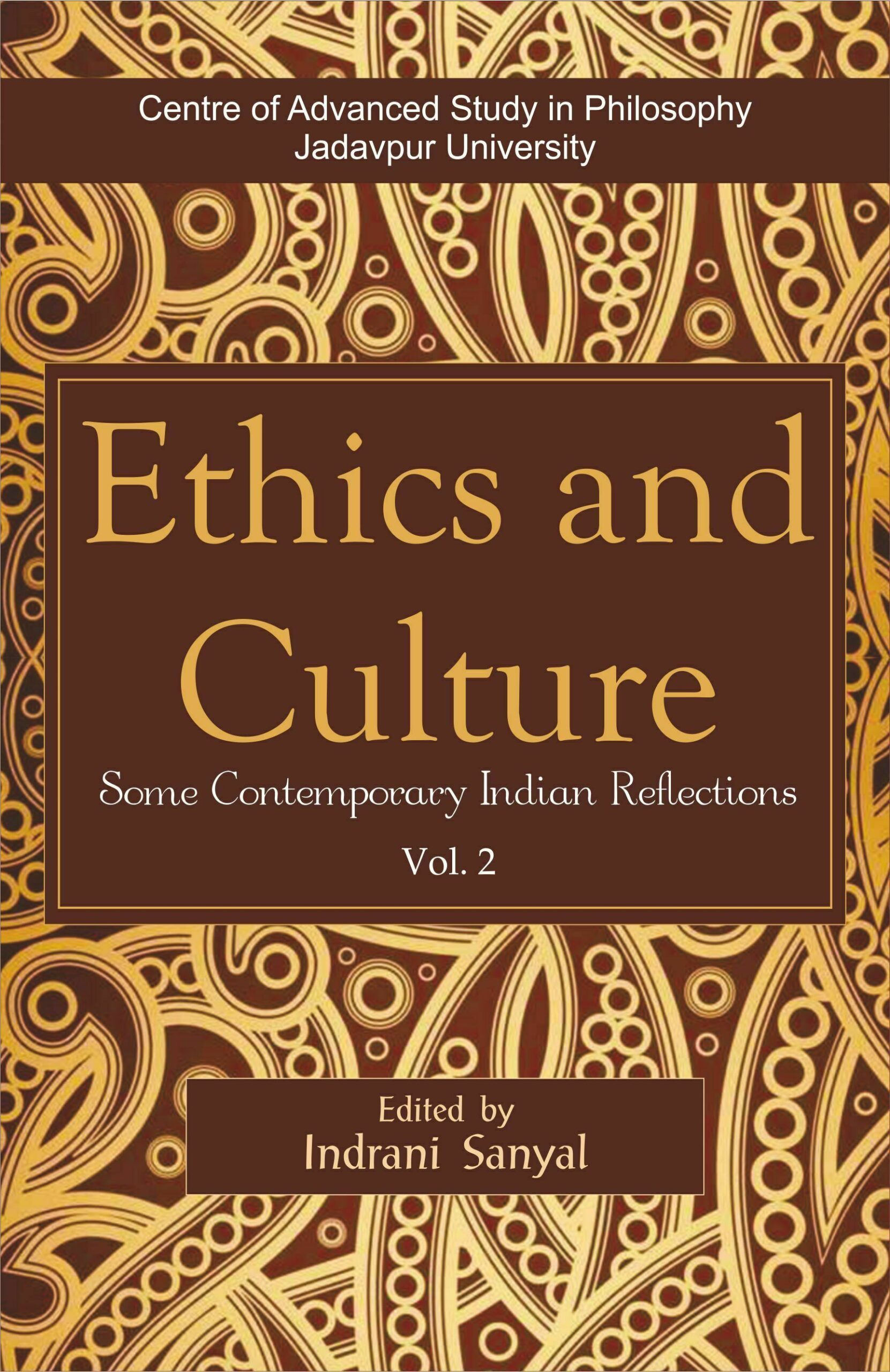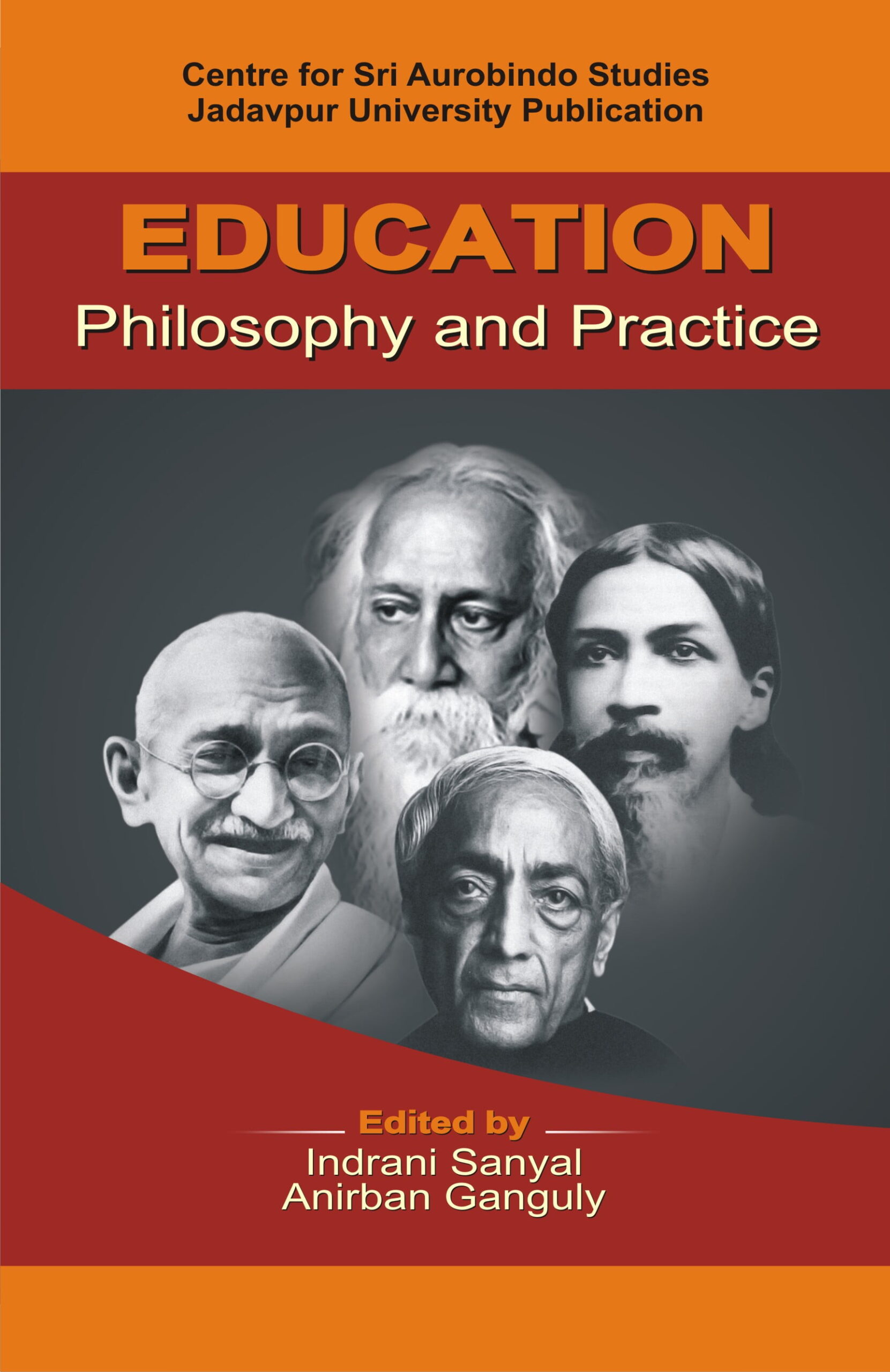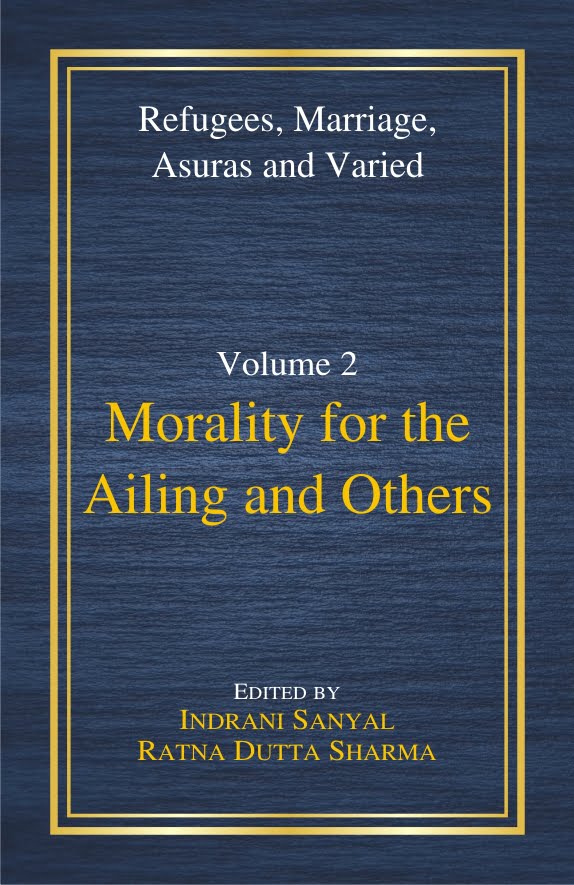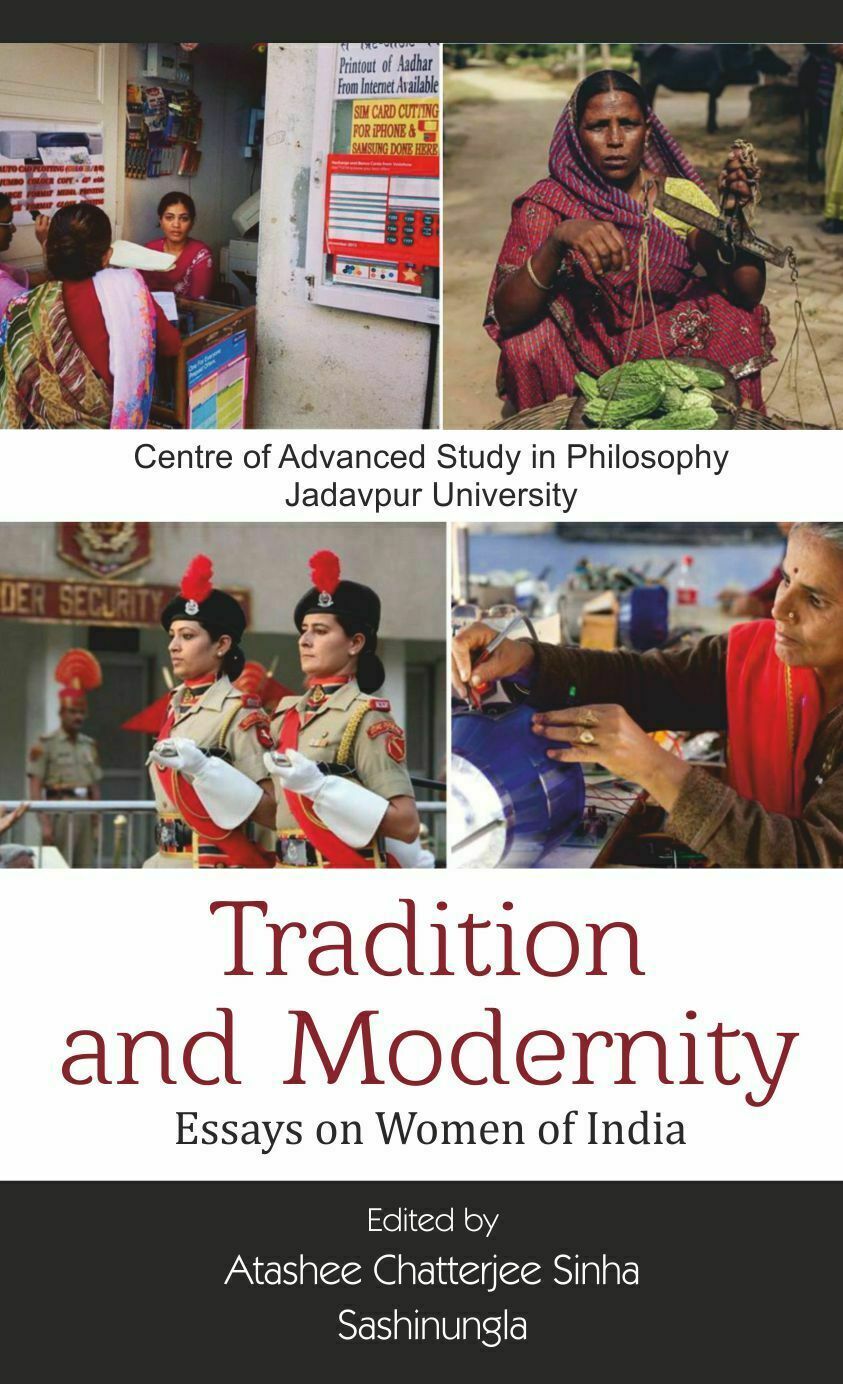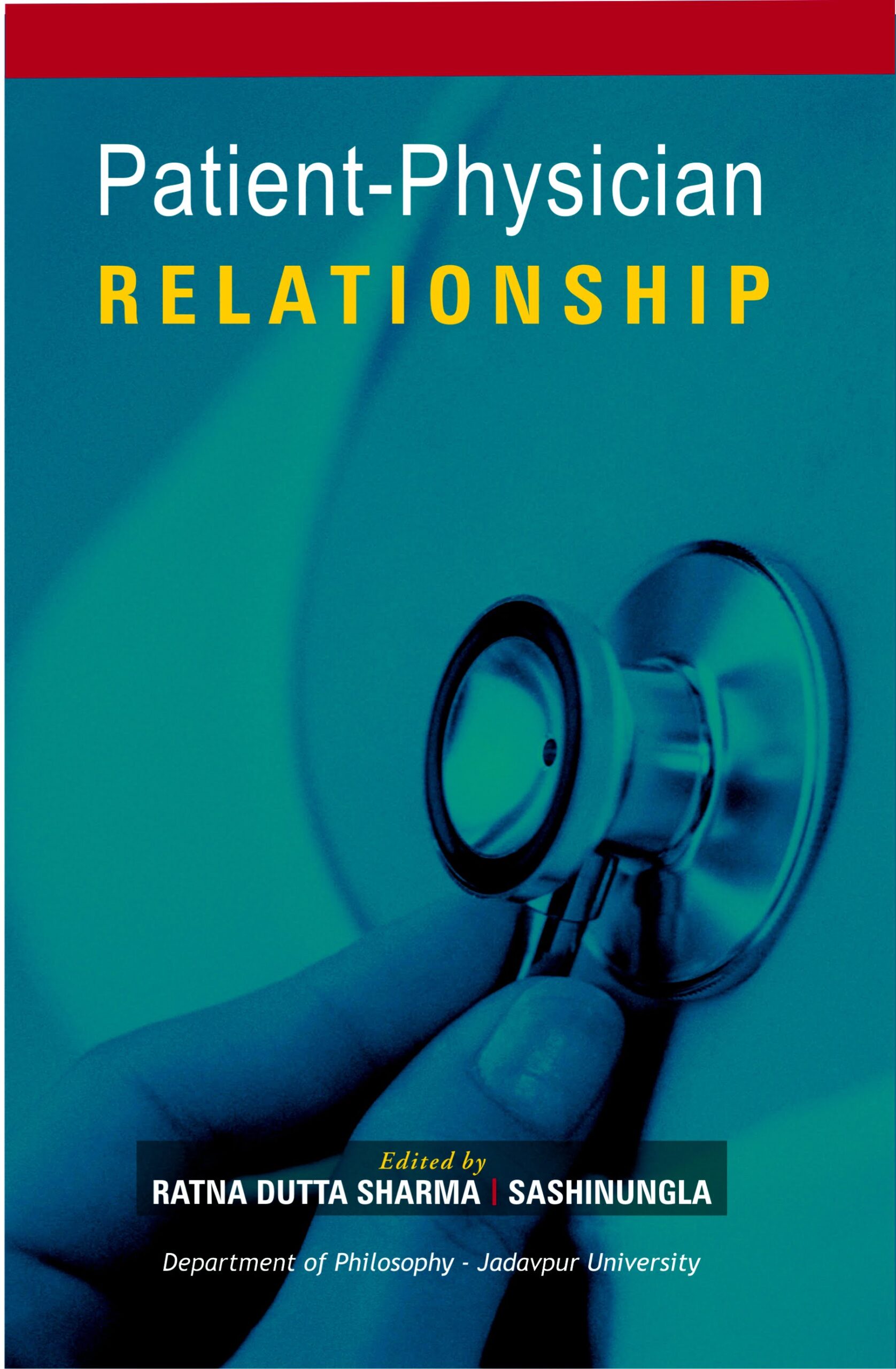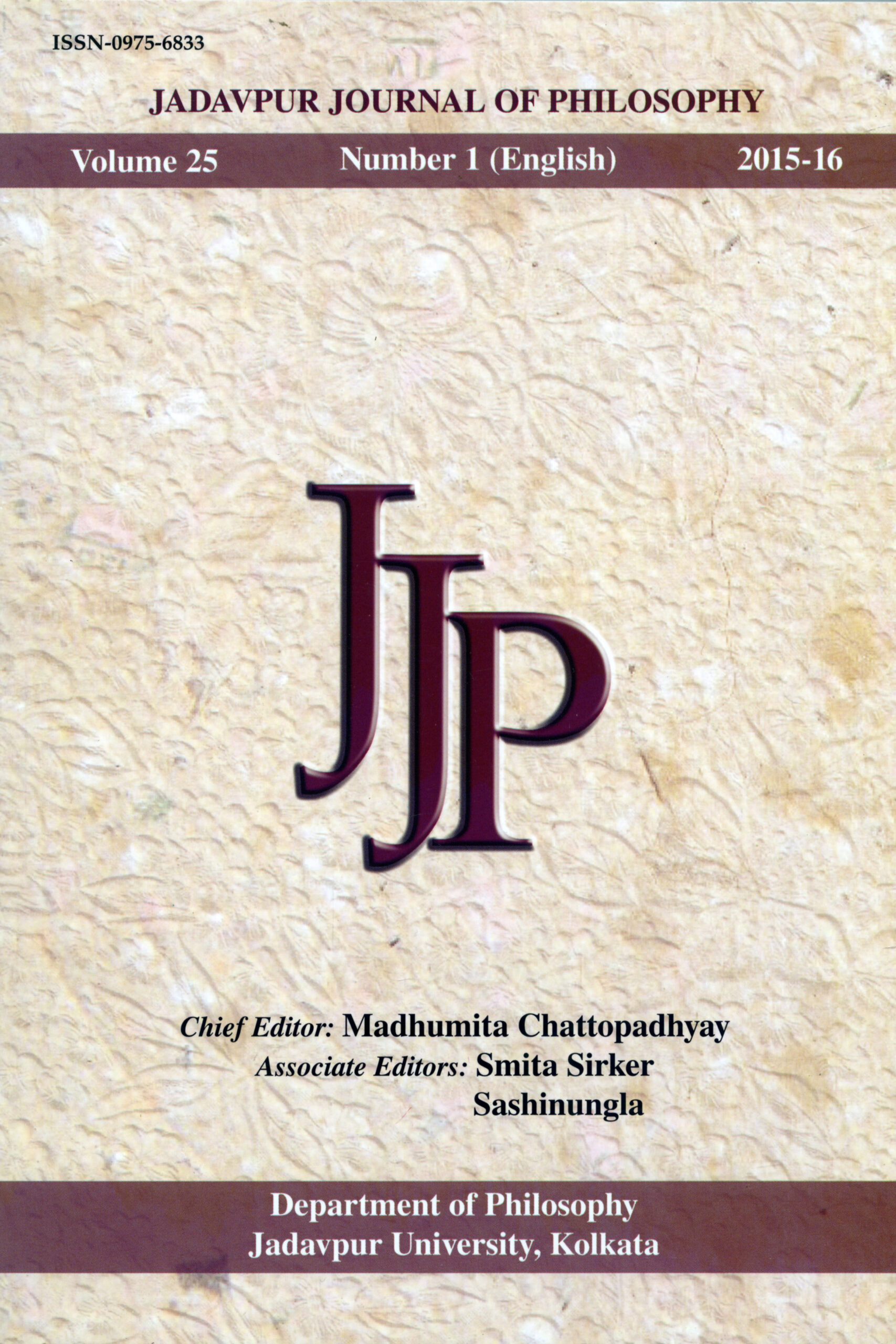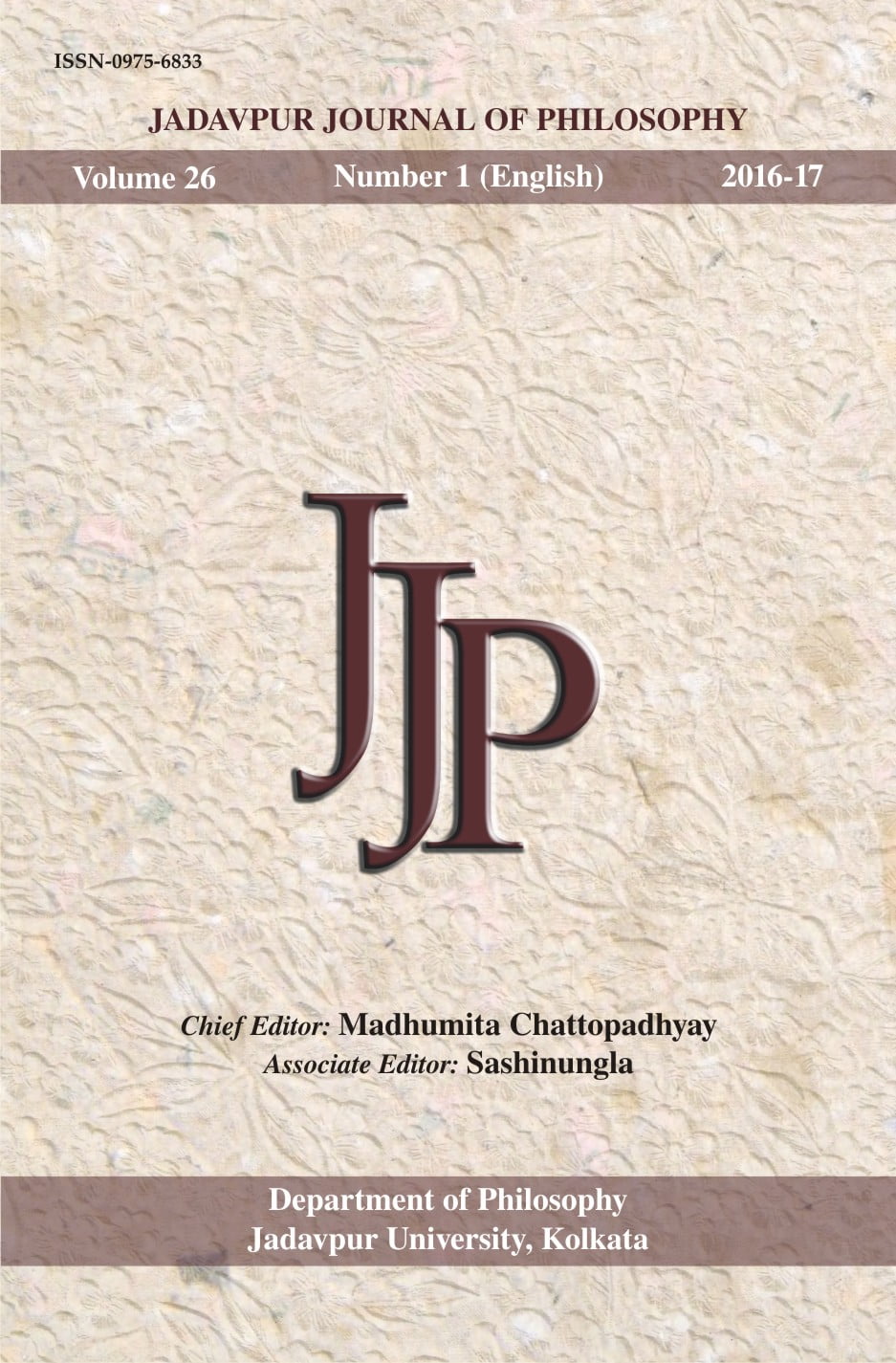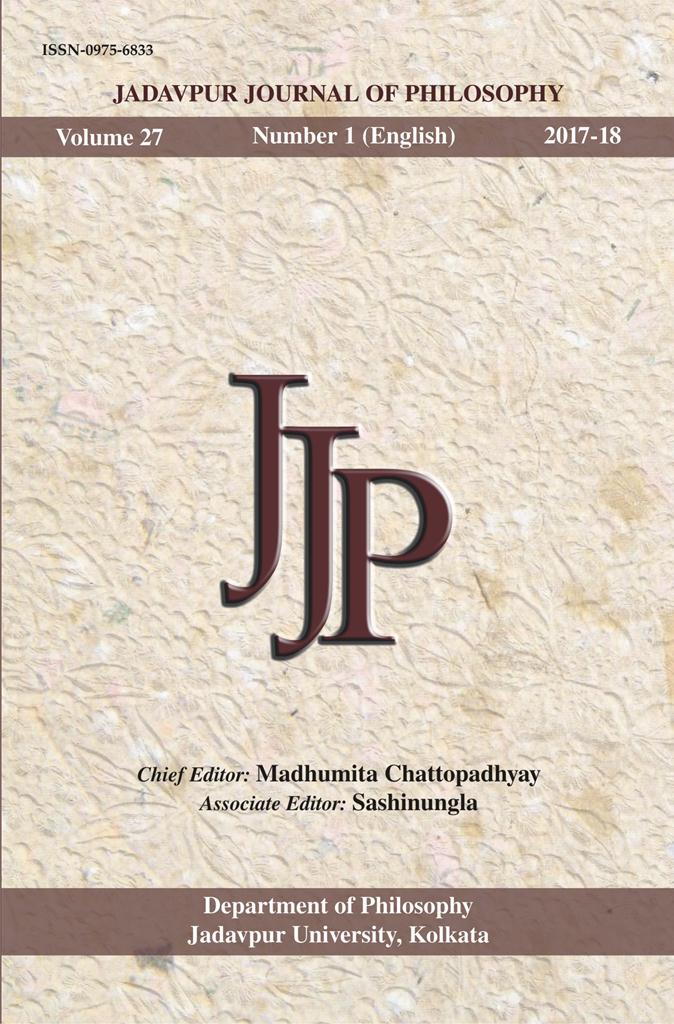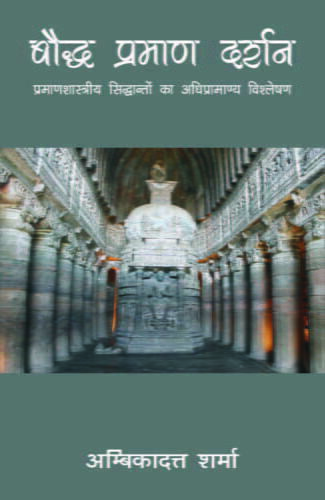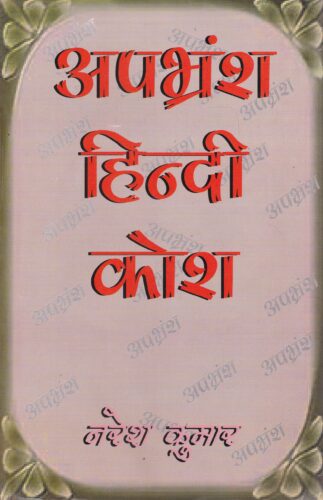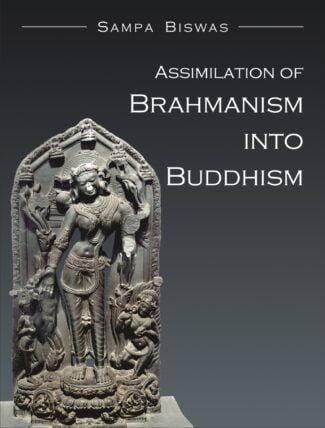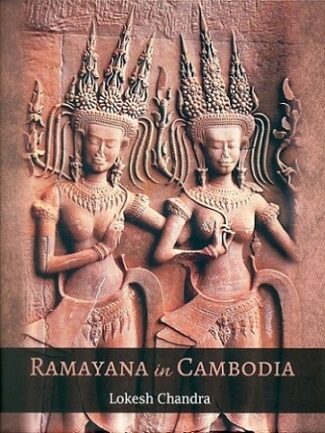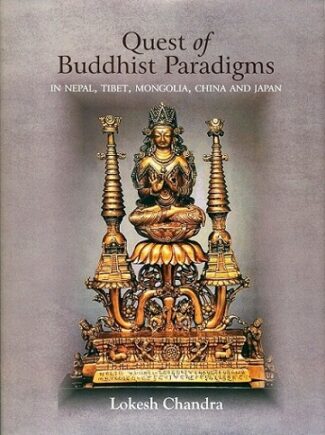

Ethics and Culture:S...
Ethics and Culture:Some Indian Reflections
by: Indrani Sanyal , SashinunglaThe book explores values that involve mans existence and his interaction and interrelations with others and deal with the Vedantic, political and economic thoughts of eminent saints and thinkers of India. The articles also include various viewpoints with the hope to ignite the spirit of better understanding of values.
₹795.00 Original price was: ₹795.00.₹716.00Current price is: ₹716.00.
ISBN: 9788186921524
Year Of Publication: 2010
Edition: 1st
Pages : viii, 364
Language : English
Binding : Hardcover
Publisher: Decent Books
Size: 23
Weight: 700
The anthology Ethics and Culture: Some Indian Reflections looks into global and local questions pertaining to individual morality and social ethos in the larger domain of man in relation to man, in relation to various domains of society and also in relation to nature/world/cosmos. A group of philosophers have presented a panorama of pluralistic Indian perspectives that include classical, traditional Vedic, contemporary and tribal viewpoints with the hope to ignite the spirit of better understanding of values. The result is a well-planned text for students of philosophy, sociology, anthropology and politics and an analytic and authentic reference for researchers with interest in these areas of thought.
Any forward-looking reader with a wider interest may find this anthology to be quite useful.

- Sale!Baudha Pramana Darshan by: Ambika Datta Sharma
₹800.00Original price was: ₹800.00.₹720.00Current price is: ₹720.00.In Indian tradition of knowledge, the historical advancement of epistemological intellection/thinking flourished through five alternative points of departure, where the first belongs to Maharshi Gautama, who showing priority of epistemology over metaphysics, proposes a constructive model of epistemology. In opposition to this universally acceptable postulation of Maharshi Gautama, three refutative points of departure of epistemological critique of Nagarjuna, Sri Harsha and Jayarasi Bhatta progressed. These three attain their cognitive termination either in the severance of the priority and the position of episteme or in the deconstruction of epistemology. The fifth point of departure evolves from Tarka Pungava Dinnaga, which, parallel to Gautamas exposition and as an option of substitution to Nagarjunas epistemic displacement, presents a reconstructive model of metaphysical epistemology.
In this treatise, an effort has been made to understand the foundational structure of the aforementioned Bauddha Prasthan through certain basic principles, which happen to be the deciding factors/determinative agents in respect of dissensions relating to the matter and corollary, features, and a number of episteme and alternative approaches. From the espoused system of analysis and explication for the purpose, the meta-epistemic dimension of epistemological intellection/thinking of Indian philosophy gets revealed. In fact, it is in this dimension, the optional feature of epistemological doctrines can be recognized to know further that why any epistemological assessment/appraisal is like this?, why isnt it different? In this way, making the basic doctrines of Buddhist epistemology the fundamental point of reference, this treatise attempts have been made to demonstrate that how Indian epistemological intellection/thinking keeps metaphysics in itself as a bequest, and in its expanding/enlarging form it persistently expresses the metaphysical divisions. - Sale!Apbharamsa Hindi Kosha by: Naresh Kumar
₹1,500.00Original price was: ₹1,500.00.₹1,350.00Current price is: ₹1,350.00.This Dictionary of Hindi Apabhramsa gives in detail the grammatical importance of words, their meanings, correct spellings, the alternate words and their various usages as mentioned by lexicographer Naresh Kumar.
- Sale!Assimilation of Brahmanism into Buddhism by: Sampa Biswas
₹2,100.00Original price was: ₹2,100.00.₹1,890.00Current price is: ₹1,890.00.Assimilation of Brahmanism into Buddhism is a research work on Buddhism and Buddhist art of early medieval period in India. Archaeological materials and literary records suggest that Buddhism had a continuous existence during the third century bce to the thirteenth century ce in India. Though early Buddhism was totally different in its doctrines and faith from the Brahmanical system, the Buddhism of today is a religio-philosophical system having assimilated and adopted new ideas and beliefs from the environment in which it was born and nurtured.
The introduction of Tantrism bought Buddhism and Brahmanism closer to each other. It opened the gate to the vast field of Buddhist iconography along with Tantric practices, deities, mudras and mandalas. Many of these were influenced by the Brahmanic idea of godhead and some were the combination of one or more ideas of Brahmanic divinities. There was assimilation of a number of factors between Brahmanism and Buddhism.
This scholarly volume addresses the different aspects of this assimilation process by getting into a historical study of Hinayana and Mahayana Buddhism; outlining the political history, and socio-economic and religious changes during 300700 ce; scanning the political and economic background and the spreading of esoteric Buddhism; emergence of Vajrayana Buddhism; and providing a detailed sketch of Vajrayana images. - Sale!Ramayana in Cambodia by: Lokesh Chandra
₹3,000.00Original price was: ₹3,000.00.₹2,700.00Current price is: ₹2,700.00.The book commences with a short wrap-up of the history of Cambodia with the arrival of Sage Kaundinya and comes down to the coronation ceremonies of Cambodian monarchs to whom the brahmin Grand Master hands the statues of Lords Siva and Visnu as the keeper of Divine Values (dharmaraja), and the Sacred Sword with the mantra ‘Take, for Thou art the Lightning of Indra’. The Grand Master is called Rama-rajya-adhipati. Prof. RaghuVira wanted to publish all the 442 Sanskrit inscriptions of Cambodia in Devanagari and their facsimiles. Prof. Coeaes sent their list which has been reproduced here. It shows how Sanskrit was the language of the state till the 12th century. After long-drawn negotiations the Government of Cambodia sent monk Ven. Candravarna in 1961. He obtained the Ramakirti from his uncle (parts 1-6, 8-10, 75). He used to transcribe the Cambodian text into Devanagari and give a resume which wrote down in English. Both have been reproduced here
- Sale!Quest of Buddhist Paradigms, in Nepal, Tibet, Mongolia, China and Japan by: Lokesh Chandra
₹2,500.00Original price was: ₹2,500.00.₹2,250.00Current price is: ₹2,250.00.The book narrates the interwovenness of culture between India, Nepal, Tibet, Mongolia, China and Japan. It begins with Nepal with its history alive on the waysides and homes, its rich preservation of Buddhist sutras in Sanskrit, esp. the Tattvasangraha which lives in the Shingon denomination in Japan, in the icons of Alchi and in the grandeur of the Borobudur. The second chapter deals with Tibetan studies, edition of the Vinayavastu, the anachronism of Jesus Christ being in the Hemis monastery which was founded as late as the 17th century, the total destruction of Tibetan culture in a long letter of Prof. A.W. Macdonald, saving the Derge monastery and printery by seven encirclements of devotees under the supervision of Ven. Pewar Tulku at the risk of his life, and the Sven Hedin collection in Stockholm. The fourth chapter concerns Mongolian studies: Emperor Ch’ien-lung’s edition of the Mongolian Kanjur, and dialogues with Prof. Rinchen on the total cultural genocide in Mongolia


